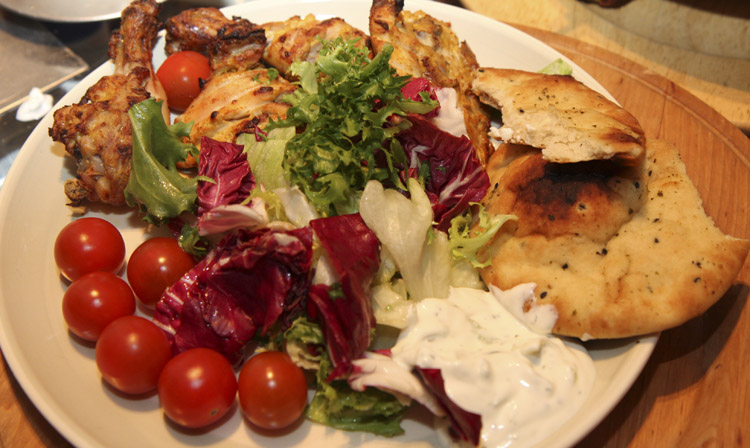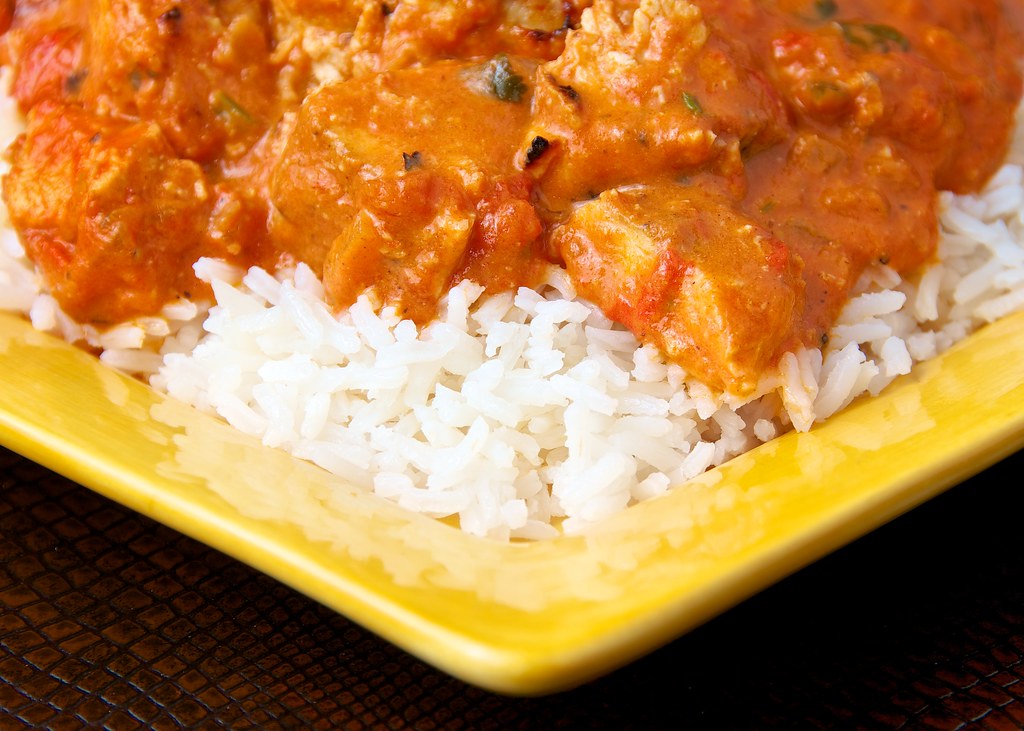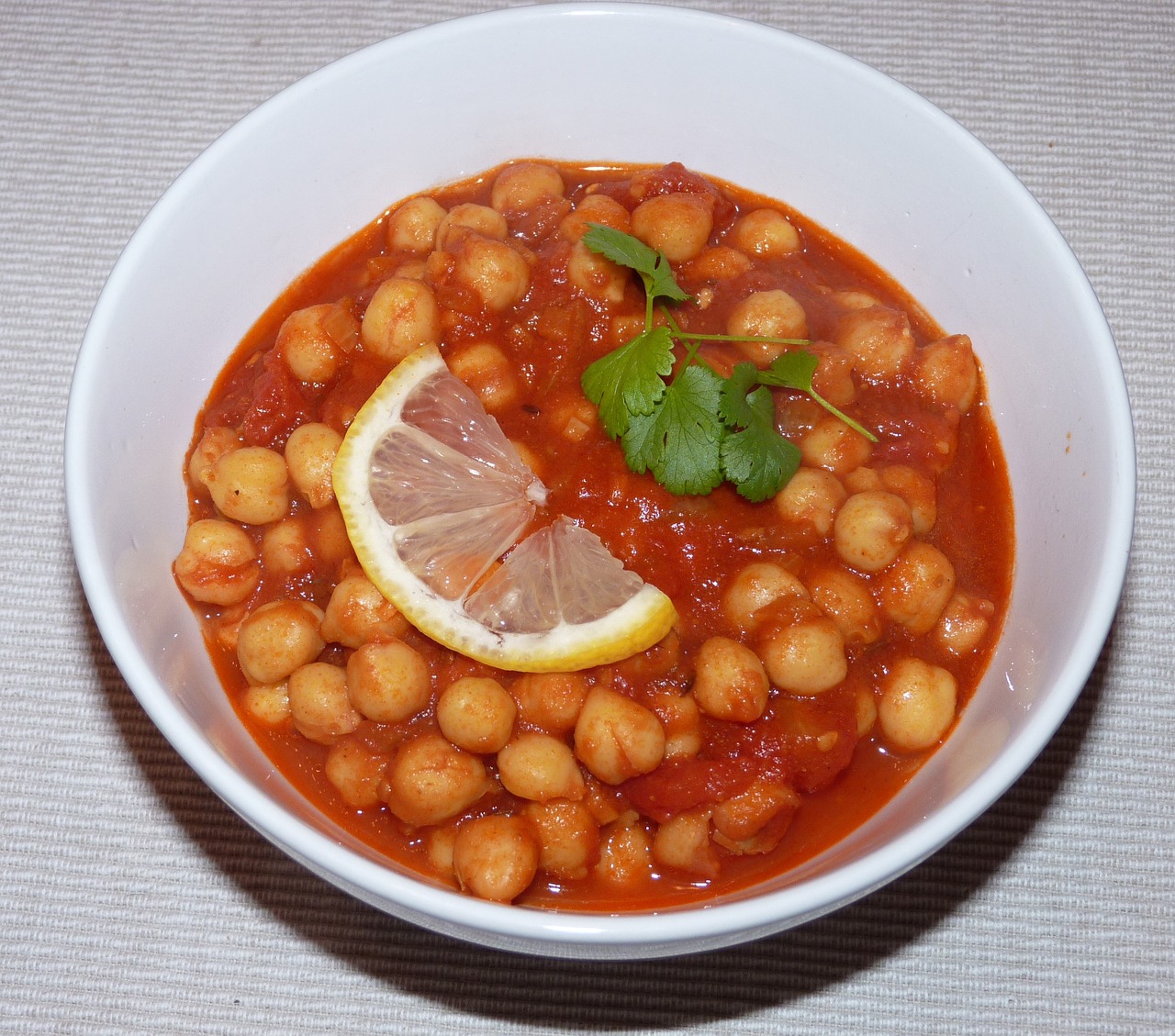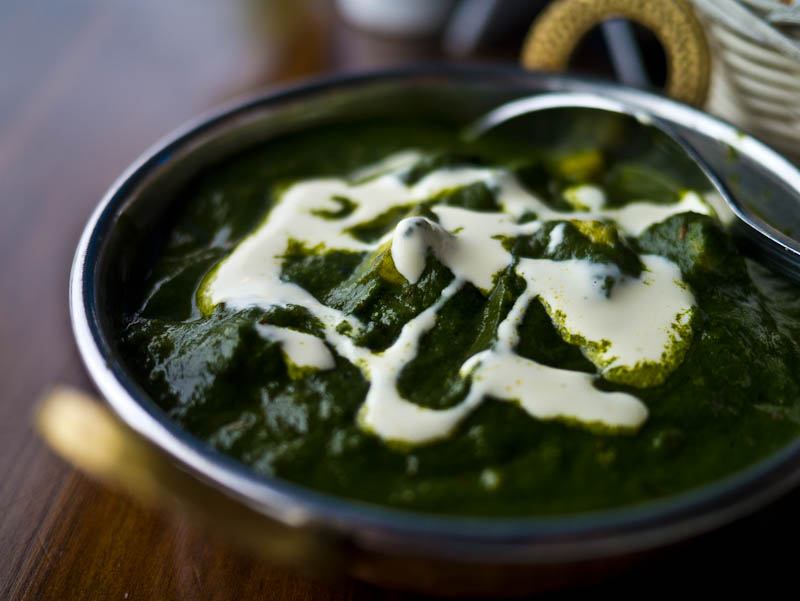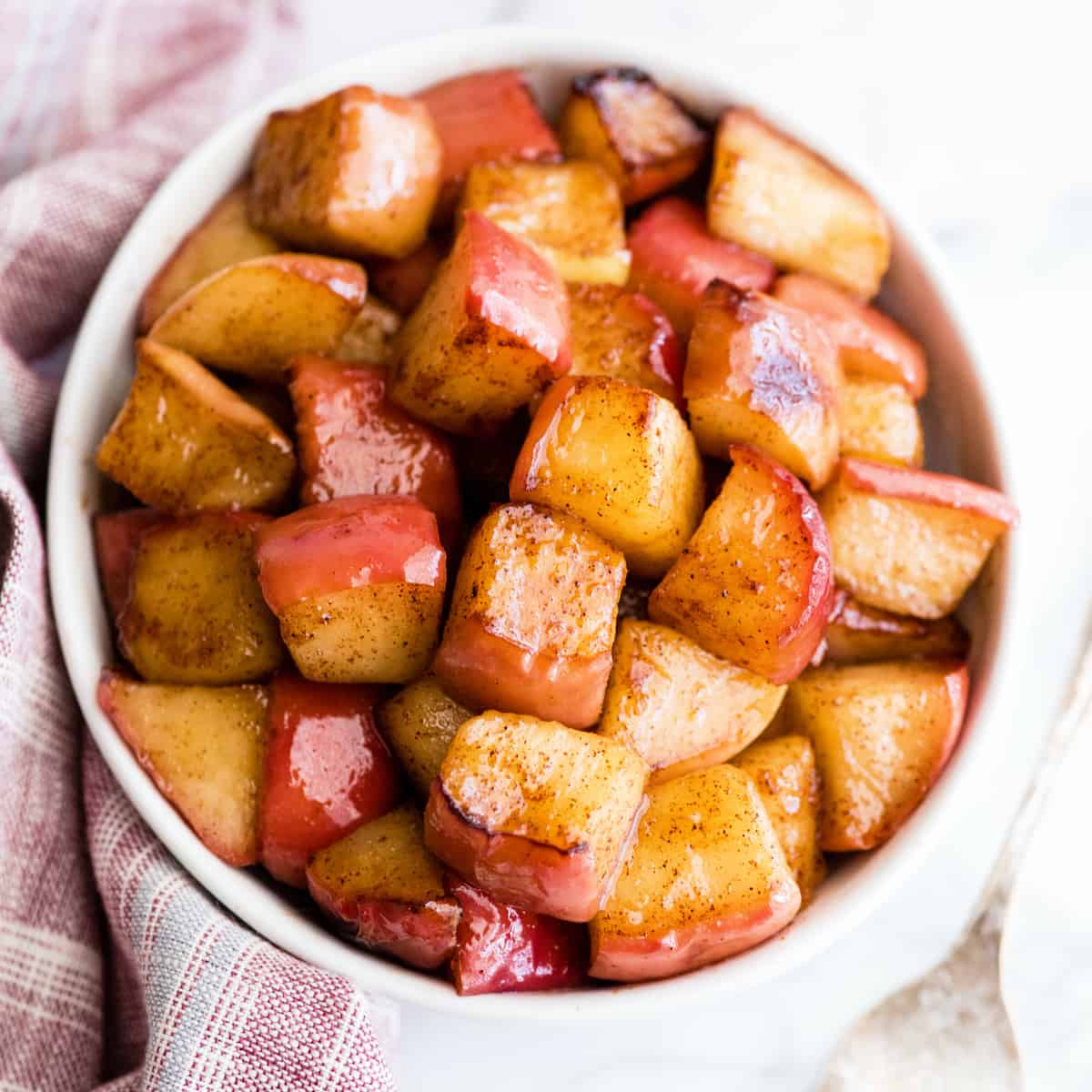
When it comes to delicious and flavorful Indian cuisine, few dishes can compare to the classic and beloved Indian Chicken Biryani. This traditional dish is a perfect blend of fragrant spices, tender chicken, and aromatic basmati rice, creating a mouthwatering and satisfying meal that is sure to please your taste buds.
Origin and History Of This Recipe
The origins of Indian Chicken Biryani can be traced back to the Mughal Empire, where it was believed to have been created as a royal dish for the rulers of India. Over time, this dish has evolved and adapted to different regions and cultures, resulting in various regional variations and styles of preparation.
Things To Expect In This Post Article
In this post, we will be discussing the rich history and origins of Indian Chicken Biryani, providing a detailed list of ingredients, step-by-step preparation instructions, cooking time and servings, personal insights, nutritional information, health conditions to consider, benefits to the body, disadvantages of certain nutrients, tips and tricks for enhancing the recipe, necessary equipment, variations or substitutions, serving suggestions, storage and reheating instructions, and frequently asked questions with detailed answers.
Ingredients List
- 2 cups basmati rice
- 1 lb chicken, cut into pieces
- 1 large onion, thinly sliced
- 2 tomatoes, chopped
- 1/2 cup plain yogurt
- 2 tablespoons ginger-garlic paste
- 1 tablespoon biryani masala
- 1 teaspoon turmeric powder
- 1 teaspoon red chili powder
- 1/2 teaspoon garam masala
- Salt to taste
- Fresh cilantro and mint leaves for garnish
- Ghee or vegetable oil for cooking
Preparation Steps
- Rinse the basmati rice until the water runs clear, then soak it in water for 30 minutes.
- In a large pot, heat ghee or oil and sauté the sliced onions until golden brown.
- Add the ginger-garlic paste and stir for a minute, then add the tomatoes and cook until they soften.
- Add the chicken pieces and cook until they are no longer pink.
- Mix in the yogurt, biryani masala, turmeric powder, red chili powder, garam masala, and salt. Cook for a few minutes.
- Drain the soaked rice and add it to the pot, stirring gently to combine with the chicken and spices.
- Pour water over the rice, cover the pot, and cook until the rice is tender and the chicken is cooked through.
- Garnish with fresh cilantro and mint leaves before serving.
Cooking Time & Servings
The total cooking time for this Indian Chicken Biryani recipe is approximately 1 hour, and it serves 4-6 people.
Personal Touch
Growing up in India, Chicken Biryani was a staple at family gatherings and celebrations. The aroma of spices filling the air as the dish cooked slowly on the stove is a memory I will always cherish. This recipe brings me back to those special moments and allows me to share the flavors of my childhood with others.
Nutritional Information
- Calories: 380
- Protein: 25g
- Carbohydrates: 45g
- Fat: 10g
- Fiber: 2g
Health Conditions And People To Avoid This
While Indian Chicken Biryani is a delicious and flavorful dish, it may not be suitable for individuals with certain health conditions such as celiac disease (gluten intolerance) or lactose intolerance due to the presence of wheat-based biryani masala and yogurt. It is also high in sodium, so individuals with hypertension or heart conditions should consume it in moderation.
Nutrition and Benefits To The Body
The combination of chicken, rice, and spices in Indian Chicken Biryani provides a good source of protein, carbohydrates, vitamins, and minerals. The spices used in the dish, such as turmeric and red chili powder, offer antioxidant and anti-inflammatory properties, which can benefit overall health and well-being.
Disadvantages
While Indian Chicken Biryani is a flavorful and satisfying dish, it can be high in calories and fat due to the use of ghee and oils in cooking. Excess consumption of this dish may contribute to weight gain and other health issues, so it’s essential to enjoy it in moderation.
Tips and Tricks
- For a healthier version of Indian Chicken Biryani, use brown rice instead of basmati rice and Greek yogurt instead of regular yogurt.
- Adding a squeeze of lemon juice before serving can enhance the flavors of the dish.
- Marinating the chicken in yogurt and spices overnight can help tenderize the meat and infuse it with more flavor.
Equipment Needed
- Large pot
- Wooden spoon
- Cutting board
- Knife
- Measuring cups and spoons
- Serving platter
Variations or Substitutions
- Vegetarian option: Replace chicken with mixed vegetables or paneer for a vegetarian version of Biryani.
- Spices: Customize the spice level to your preference by adjusting the amount of red chili powder and biryani masala used.
- Gluten-free option: Use a gluten-free biryani masala blend and ensure all ingredients are gluten-free for a celiac-friendly version of the dish.
Serving Suggestions
Indian Chicken Biryani pairs well with raita (yogurt sauce), pickle, and papadum for a complete and satisfying meal. Serve it with a side of salad or grilled vegetables for added freshness and texture.
Storage and Reheating Instructions
Store any leftovers of Indian Chicken Biryani in an airtight container in the refrigerator for up to 3 days. To reheat, simply microwave individual portions or reheat on the stovetop with a splash of water to prevent drying out.
Conclusion
I hope this detailed and informative post on Indian Chicken Biryani has inspired you to try making this delicious dish at home. The rich history, flavorful ingredients, and aromatic spices come together to create a truly memorable culinary experience. Don’t hesitate to share your feedback, questions, or variations of the recipe with me in the comments below. Enjoy cooking and savoring this flavorful Indian classic!
Frequently Asked Questions (FAQs)
Q: Can I use a different type of rice for Indian Chicken Biryani?
A: While basmati rice is traditionally used for Biryani, you can substitute with long-grain rice if needed. Just adjust the cooking time and water ratio accordingly.
Q: Is Indian Chicken Biryani spicy?
A: The level of spiciness in Biryani can be adjusted to your preference by adding more or less red chili powder and biryani masala.
Q: Can I make Indian Chicken Biryani in a slow cooker?
A: Yes, you can adapt this recipe for a slow cooker by adjusting the cooking time and liquid ratios. Follow the same steps for preparing the ingredients before transferring them to the slow cooker.
Q: What can I serve with Indian Chicken Biryani?
A: Raita, pickle, and papadum are popular accompaniments to Biryani. You can also serve it with salad, grilled vegetables, or a side of yogurt sauce for a complete meal.
Q: How long can I store leftover Indian Chicken Biryani?
A: Leftover Biryani can be stored in the refrigerator for up to 3 days in an airtight container. Reheat before serving for the best taste and texture.
Q: Can I freeze Indian Chicken Biryani?
A: Yes, you can freeze Biryani for up to 3 months in a freezer-safe container. Thaw in the refrigerator overnight before reheating.
Q: What makes Indian Chicken Biryani different from other rice dishes?
A: The unique blend of spices, tender chicken, and fragrant basmati rice sets Biryani apart from other rice dishes. The slow cooking method allows the flavors to meld and develop, creating a rich and aromatic dish.
Q: Can I make Indian Chicken Biryani without yogurt?
A: While yogurt adds a creamy texture and tangy flavor to Biryani, you can omit it or substitute with coconut milk for a dairy-free version of the dish.
Q: What should I do if my Biryani turns out too dry?
A: To prevent dry Biryani, make sure to add enough water when cooking the rice and chicken. You can also drizzle some ghee or oil over the dish before serving to add moisture and richness.
Q: Can I make Indian Chicken Biryani in advance?
A: Yes, you can prepare the components of Biryani in advance and assemble them when ready to cook. This can help save time and make meal prepping easier.
Remember, SEO optimization involves incorporating relevant keywords, meta descriptions, alt text for images, and internal and external links to improve the visibility and ranking of your post on search engines. By following this recipe post format, you can create a valuable and engaging piece of content that will attract readers and enhance your online presence. Happy cooking!
